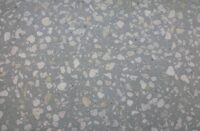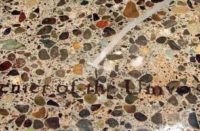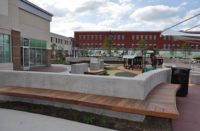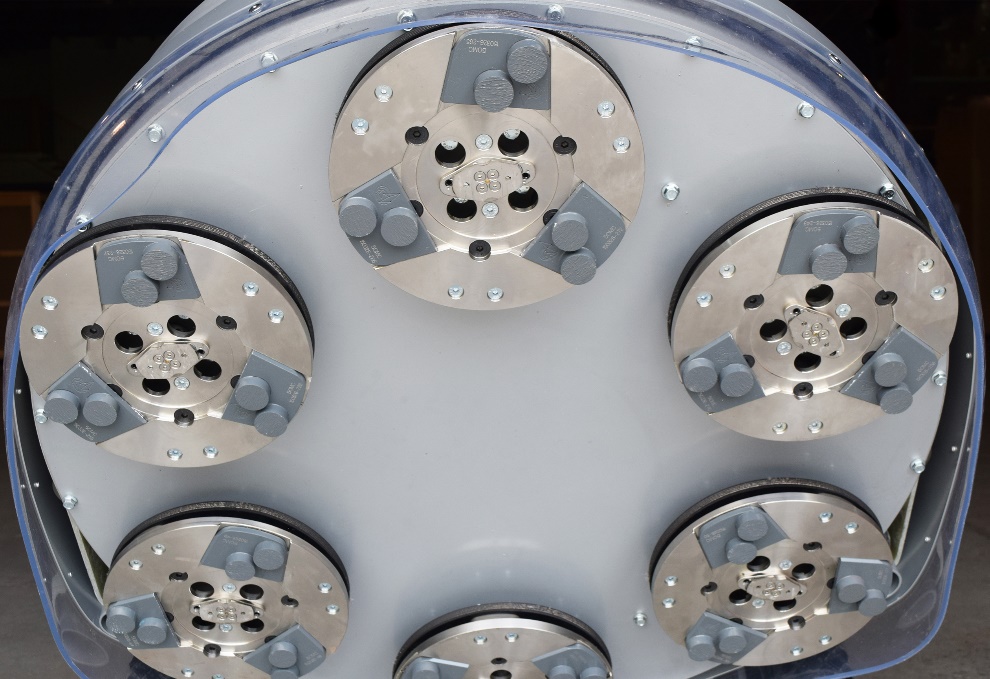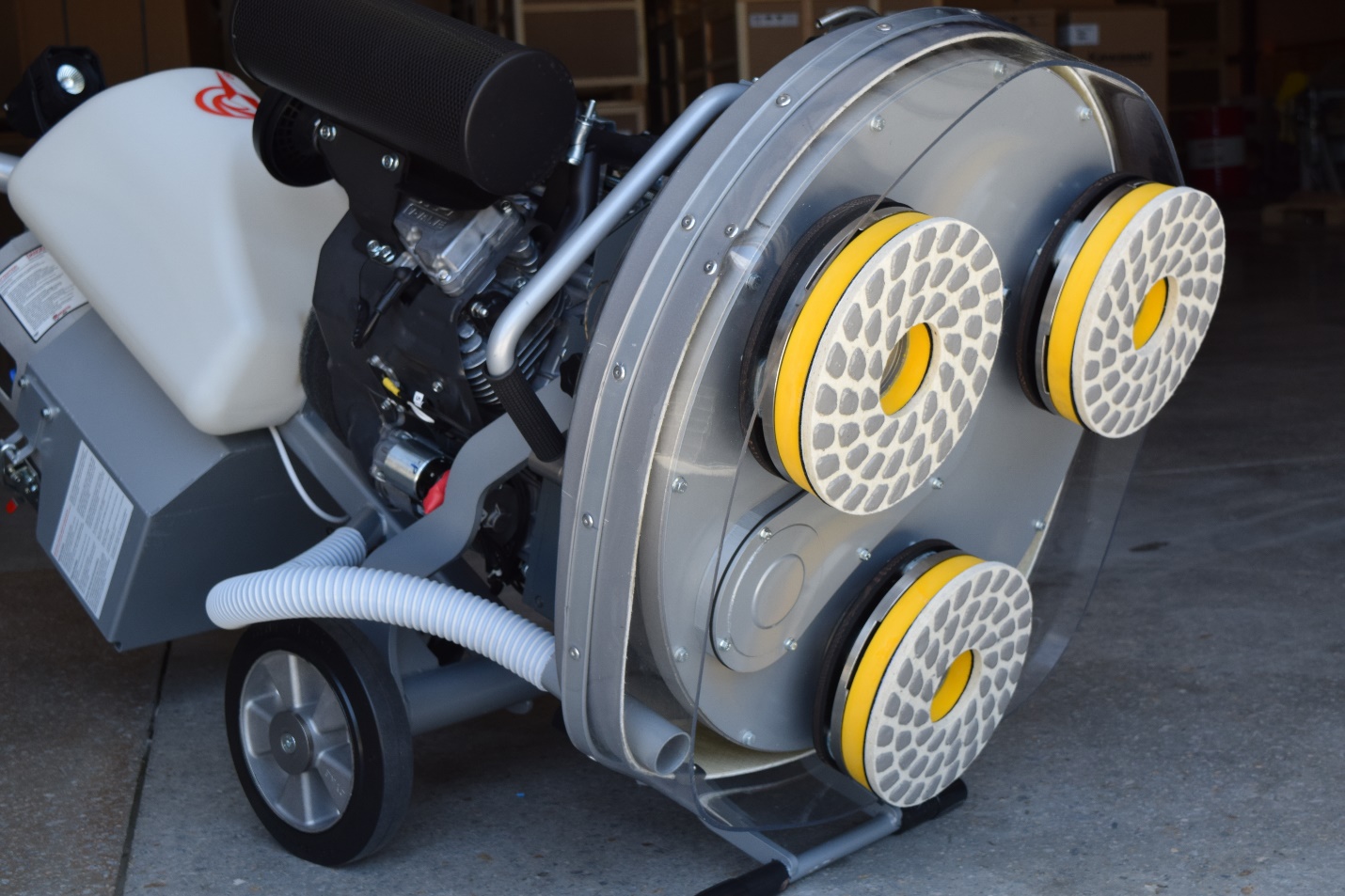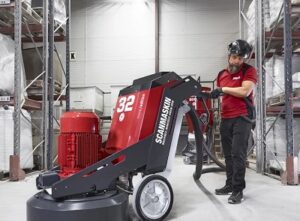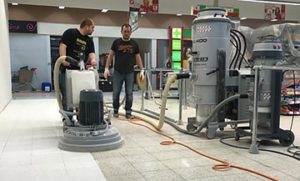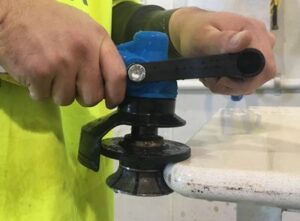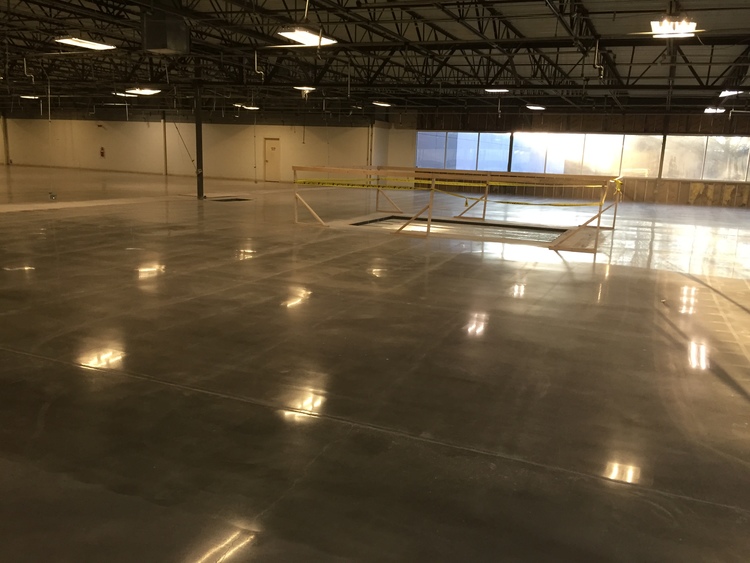
One of the largest lighting manufacturers in North America has recently moved its product development to a 132,000-square-foot building in Atlanta, Georgia, and the company chose polished concrete as the most cost-efficient and easy to maintain flooring option. They hired Robles Concrete Services, based in Lawrenceville, Georgia, to grind and polish the floors.
Installers used LAVINA grinding and polishing machines, manufactured by Superabrasive, on the project. In particular, the equipment comprised LAVINA 32-inch electric grinders, LAVINA 30-inch propane grinders and LAVINA 13-inch edgers.
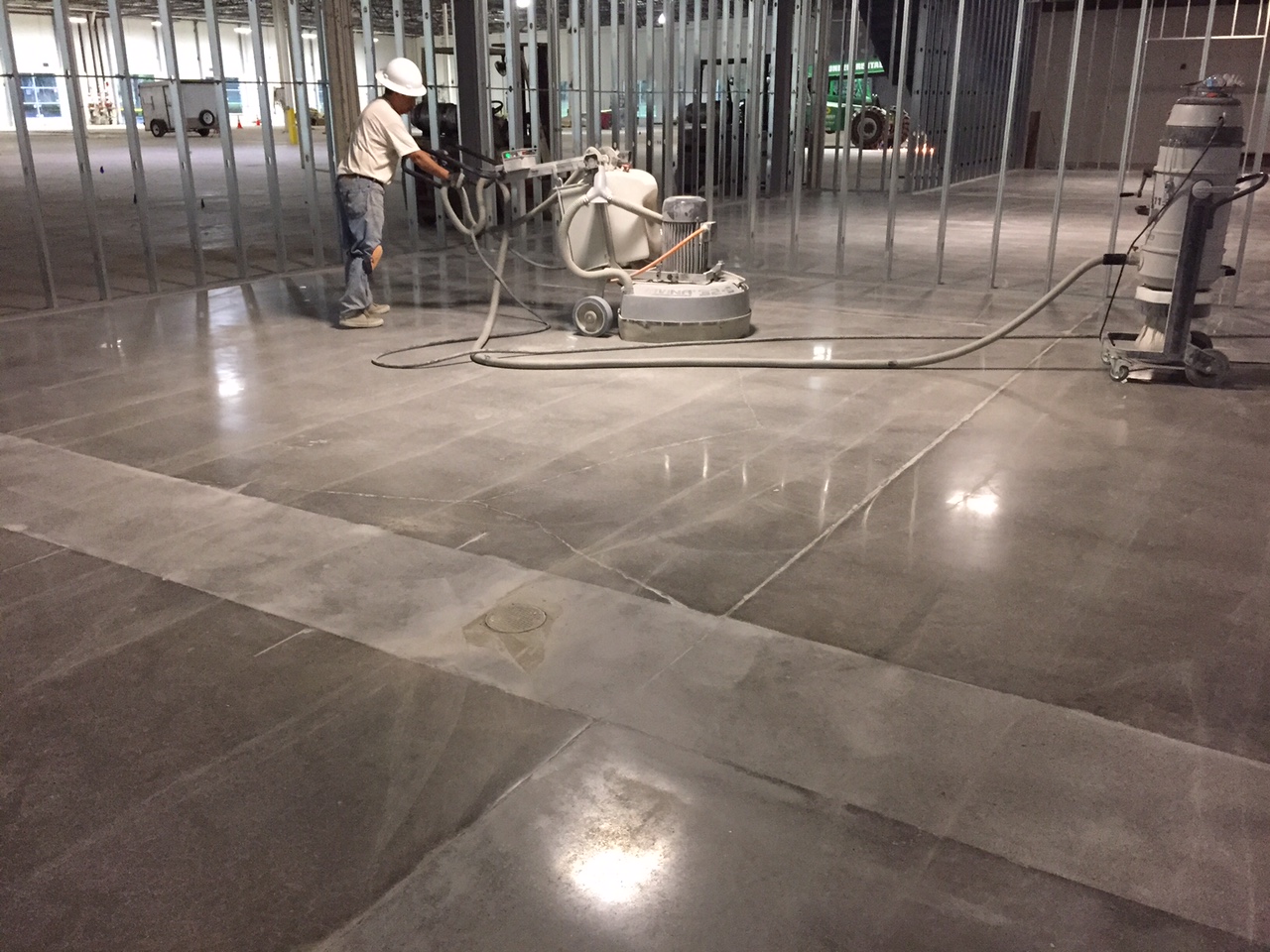
This project’s concrete floors posed multiple challenges, including different concrete mixes, severe cracks, damaged joint lines and also cone effect damage everywhere there were previous existing walls. Epoxy coating, black mastic and large amounts of thin-set from pre-existing ceramic tile had to be removed in certain areas. This meant the contractor had to carefully select different diamond tools to achieve an even finish.
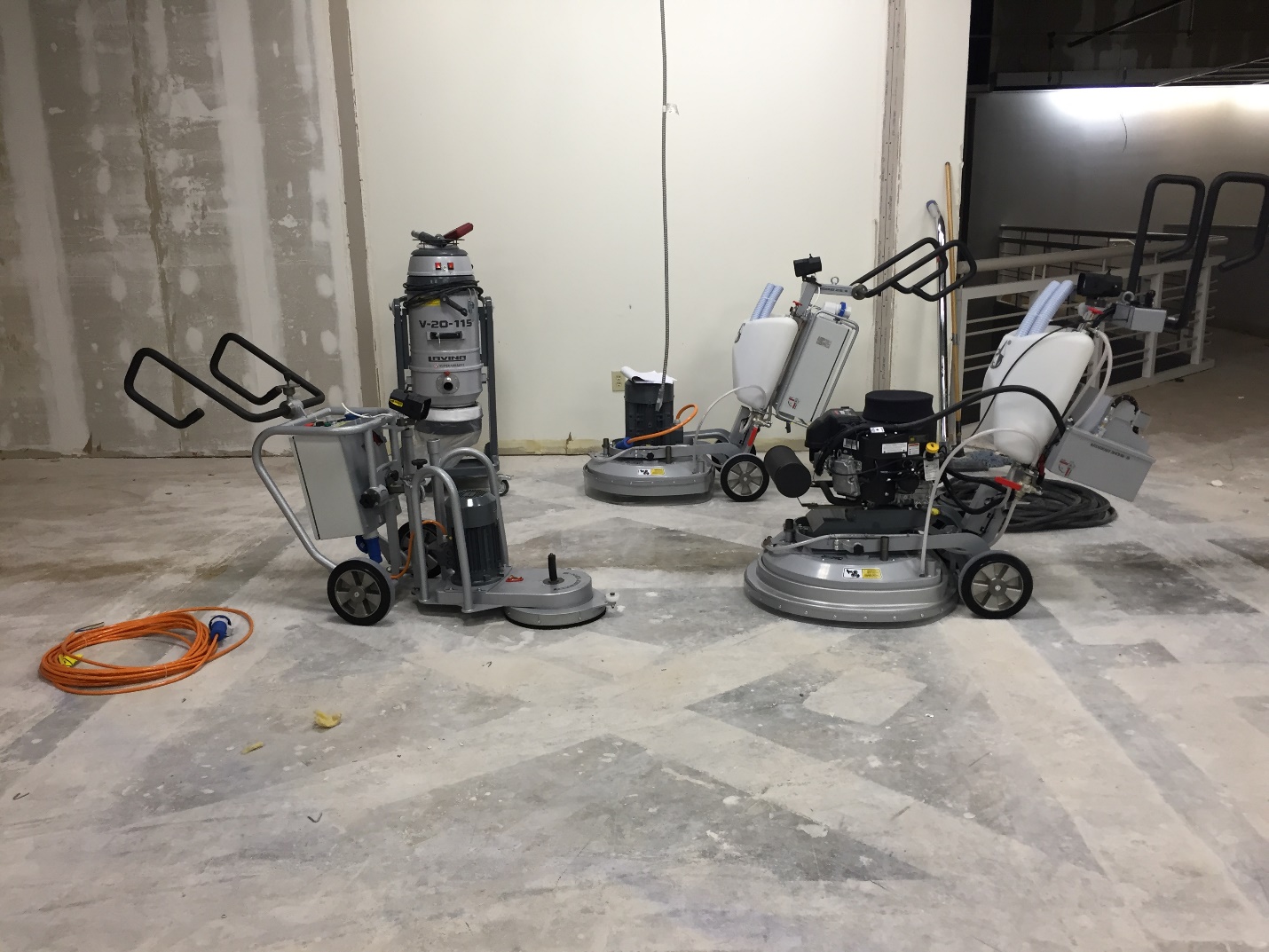
Grinding was done with Superabrasive’s diamond metal bond tools – Grey Series for Medium Concrete and Red Series for Hard Concrete, starting with 30-grit buttons.
Installers did the polishing with Superabrasive’s V-Harr premium pads up to 800 grit. “Our machines and tools have held up in an excellent way and proved their worth,” says Rodney Robles, owner of Robles Concrete.
Superabrasive, the manufacturer of LAVINA, provided equipment and tooling support to Robles Concrete throughout the project. “A project like this one really puts the contractor’s knowledge and skills to the test,” says Kiro Yorgov, Product Manager at Superabrasive.
“If you think polishing concrete is all about running a machine and swapping diamonds, and diamonds are all the same, there is nothing further from the truth. You have to be very smart about choosing the right machines, tools and chemicals to cut your job cost down and get the most out of your time on the project.”
Choosing the right diamond tools for a floor grinding and/or polishing project
Understanding how diamond tools work is a must for anyone who wants to be successful in the concrete polishing industry. Each grit is designed to refine the scratch pattern, and the rule of thumb is each consecutive grit is approximately doubled in size, so it can remove the scratches of the previous step.

For example, if you start with 30 grit, the next grit is 50 or 70, then 100 or 120, 200 or 220, 400, 800 and so on. Following all the grits may seem like a lot of steps, but experienced contractors know that this is crucial for proper floor refinement and to achieve a good wear-resistant floor finish.
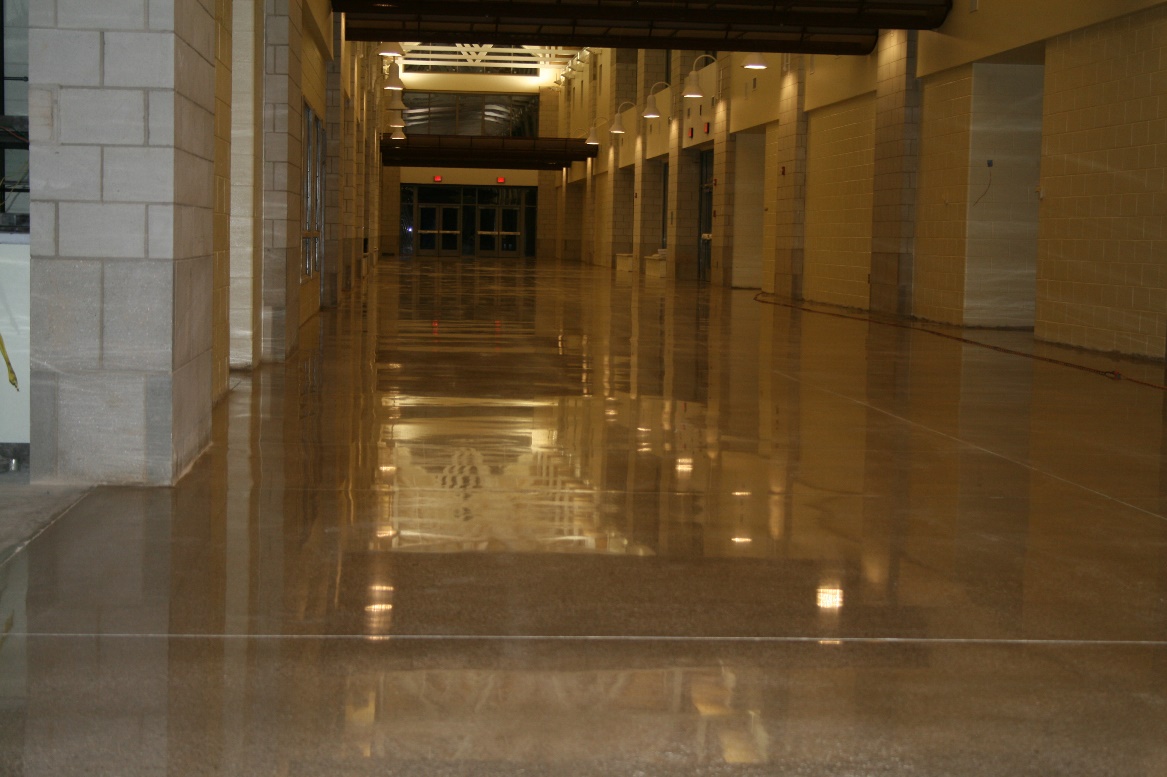
Diamond tools should always be chosen relative to a specific project.
Knowing what kind of concrete you are dealing with is important for finding the right combination of bonds and grits which will increase your productivity and ROI, and produce the best floor finish. Some floor variables to consider include:
- How hard is the concrete? Typically, concrete under 2,500 psi is considered soft. Concrete between 2,500-4,000 psi is medium. Additionally, 4,000-5,500 psi is hard, and above 5,500 psi is extra hard. Superabrasive offers different types of metal bonds for the different types of concrete, including Yellow, Grey, Red, Gold and White bond series.
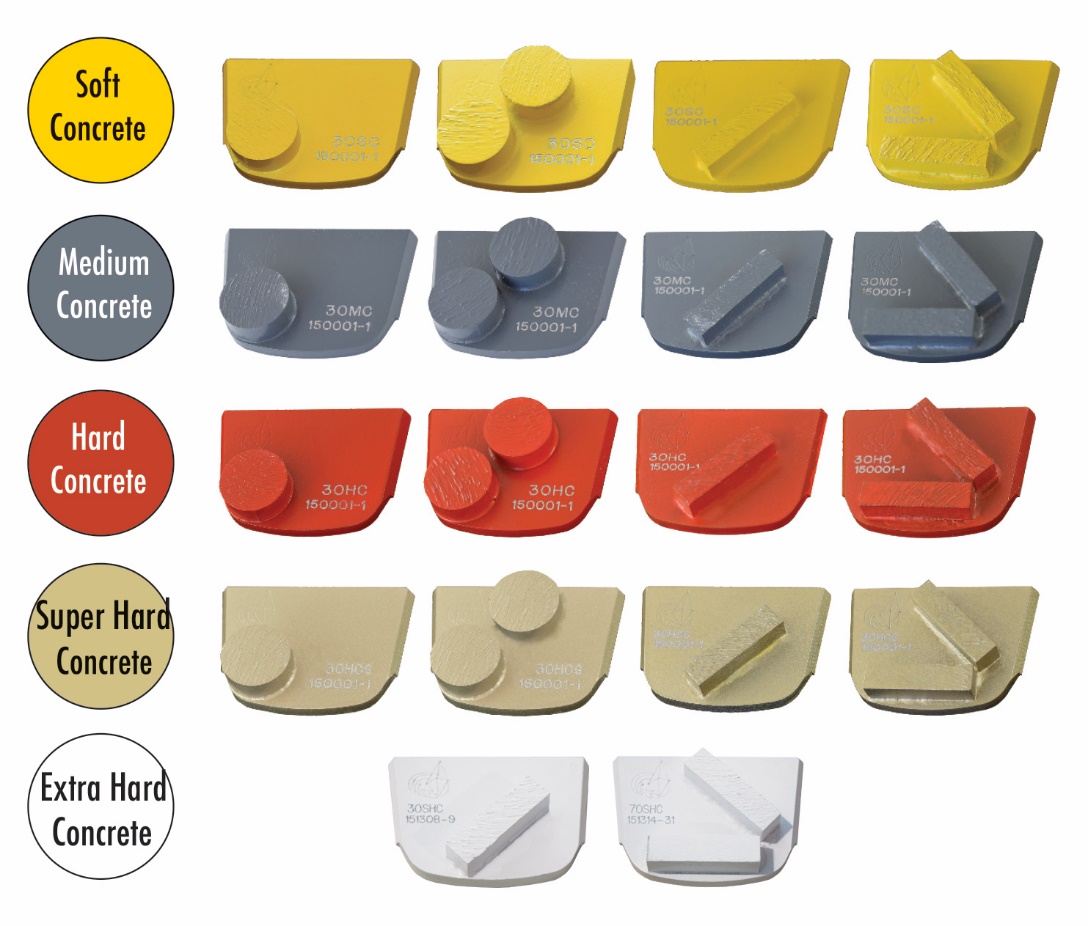
Prior to selecting diamond tools, you should always test the concrete hardness. A popular and easy-to-use tool for testing the concrete hardness is the Moh’s pick set (scratch tester). Many contractors have trouble understanding how bonds work relative to different kinds of concrete. Depending on the bonding material, the tools have a different hardness which determines how diamonds exposed become.
The two common problems that contractors run into when they have not selected the correct bond are:
1. The tools cut well but their life is too short. This usually happens when using soft bonds that easily open on soft/abrasive floors.
2. The tools don’t cut and just slide on the floor surface. Called tool glazing, this typically happens when using hard bond tools on hard concrete.
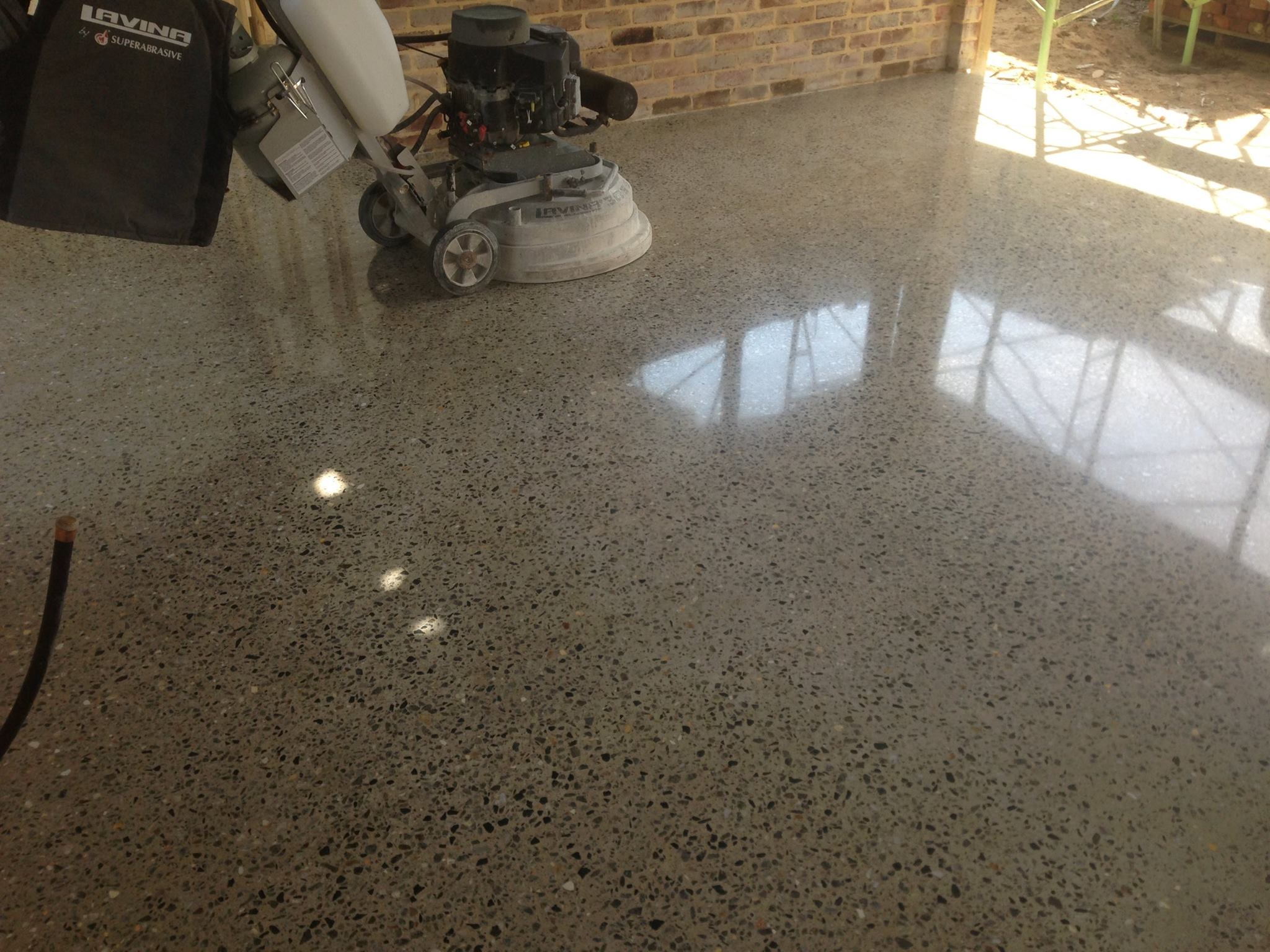
Hard concrete requires a softer bond that allows new diamonds to expose more easily. Soft concrete requires a harder bond, that doesn’t allow diamonds to expose too fast and thus prevent premature wearing.
- In what condition is the concrete? The condition of the concrete will determine the initial grinding steps needed to prepare the floor for polishing and may include coating removal, etc. If the floor is in optimal shape, you could start with 120-grit metals. If the floor is uneven and blemished, you should begin with a coarser grit, such as 30.
- How much aggregate would you like to expose? If you want to show aggregates, you must grind the concrete more aggressively (longer and deeper) than if you simply want to polish only the cream.
- How much shine do you want? If you just want a honed finish with less shine, stop processing the floor after grit 400. However, if you want a shiny and mirror-like finish, you must process the floor to a higher grit – typically 1,800 or 3,500. For maximum shine, we recommend finishing the floor with V-HARR BUFF pad (8,500 grit).
- Working wet or dry? This will sometimes depend on the job and job site. Most operators prefer the dry process, as it requires less cleanup. However, wet grinding is best for some applications. Keep in mind that dry grinding will always require a vacuum for dust removal.
Where can I get trained and certified on the LAVINA grinding and polishing system
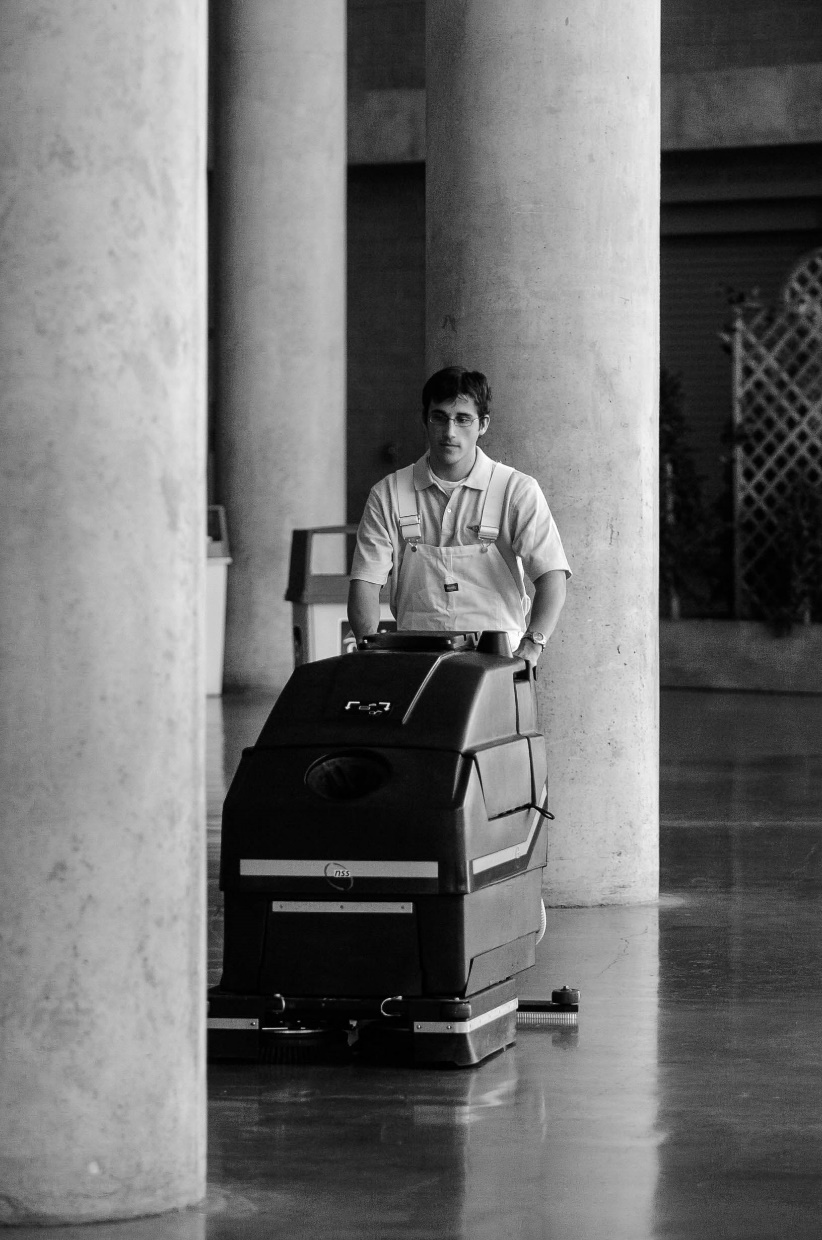
Superabrasive’sLAVINA distributors offer both floor grinding and polishing training classes at various locations many times throughout the year. See SCHEDULED TRAININGS or contact Superabrasive for details at (800) 987-8403. Typically, LAVINA trainings are two-day, hands-on classes and cover topics such as concrete floor prep, polishing process steps, chemical applications, diamond tooling options and burnishing.
A word about polished concrete maintenance
Polished concrete requires less maintenance than other flooring alternatives but is not maintenance-free. Without a proper maintenance schedule in place, the floor shine quickly deteriorates and facility managers end up with a “failed” polished concrete floor. Furthermore, you must design the maintenance program or schedule for the specific floor (not for concrete floors in general), depending on the type of facility and foot traffic.
Superabrasive, together with Prosoco and NSS, has developed and introduced the ONE FLOOR maintenance program for polished concrete floors. This program will keep your floors cleaner, brighter and safer. With ONE FLOOR you can repair small problems (low gloss, traffic patterns, stains, etc.) before they become big problems. You can customize the program to your floor needs. Additionally, it will equip you with all the right tools to prolong the look and life of your polished floors for many years.
